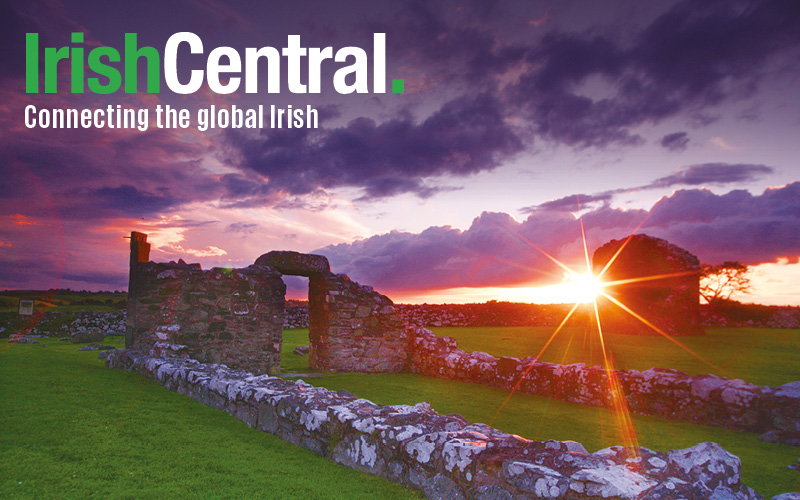Tim Pat Coogan, the Irish historical writer and author of “The Famine Plot,” will lecture and sign books at Ireland’s Great Hunger Museum at Quinnipiac University.
“The Famine Plot” offers fresh insights into the famine's causes, its unspeakable effects, the legacy of the famine mentality that followed immigrants across the Atlantic to the shores of the United States, and the lasting effects on the population left behind.
Coogan, who is Ireland's best known historical writer, wrote the 1966 book, “Ireland Since The Rising,” which was the first history of the 50 years that followed the 1916 Rising. It provided insight into the Civil War, partition, the emergence and constitutional development of Fianna Fail, Fine Gael and the unconstitutional development of the Irish Republican Army.
His subsequent book, “The IRA,” first published in 1970, became the definitive work on the subject and has been reissued in several editions and languages.
Coogan’s biography of Michael Collins, published on Collins’ centenary in 1990, created a rekindling of interest, on both sides of the Atlantic, in Collins, the Irish revolutionary leader and director of intelligence for the IRA. As a result of Coogan's research, another new generation became fascinated not only by the legendary hero and the challenges he faced, but in the relevance of his dealings with the six counties to today's events. The book spawned newsprint coverage, television programs, a film starring Liam Neeson and a popular brand of Irish Whiskey named for the legendary hero.
His other works include “On The Blanket,” a study of the dirty protest which preceded the hunger strikes of 1981, a biography of “de Valera, Long Fellow, Long Shadow;” the first major work on the Irish diaspora, “Wherever Green is Worn” (2000) and “Ireland in the Twentieth Century” (2003).
The author’s career as an author and journalist, including his position as editor of the Irish Press between 1968 and 1987, has taken him around the world interviewing figures as diverse as Ronald Reagan and Mumar Ghadafi and made him a well-known personality on both radio and television.
Ireland’s Great Hunger Museum is home to the world's largest collection of visual art, artifacts and printed materials relating to the Irish Famine. The museum preserves, builds and presents its art collection in order to stimulate reflection, inspire imagination and advance awareness of Ireland's Great Hunger and its long aftermath on both sides of the Atlantic.
The collection focuses on the famine years from 1845-52, when blight destroyed virtually all of Ireland's potato crops for consecutive years. The crop destruction, coupled with British governmental indifference to the plight of the Irish, who at the time were part of the United Kingdom, resulted in the deaths of more than 1 million Irish men, women and children and the emigration of more than 2 million to nations around the world. This tragedy occurred even though there was more than adequate food in the country to feed its starving populace. Exports of food and livestock from Ireland actually increased during the years of the Great Hunger.
Works by noted contemporary Irish artists are featured at the museum including internationally known sculptors John Behan, Rowan Gillespie and Eamonn O'Doherty; as well as contemporary visual artists, Robert Ballagh, Alanna O'Kelly Brian Maguire and Hughie O'Donoghue. Featured paintings include several important 19th and 20th‐century works by artists such as James Brenan, Daniel MacDonald, James Arthur O'Connor and Jack B. Yeats.
Tim Pat Coogan will lecture and sign books from 5:30-7 p.m. on Thursday, April 18, at Ireland’s Great Hunger Museum at Quinnipiac University, 3011 Whitney Avenue. This event is free and open to the public, but advance registration is required by calling 203-582-6500.
For more information visit www.quinnipiac.edu.




Comments